
Wave power
To utilize the power of waves, we designed sets of linear generators with magnetic bearings placed in the water underneath the platform. The mechanical energy of waves coming from buoys emulating the surrounding water surface attached to the top of generators transforms into electrical energy.
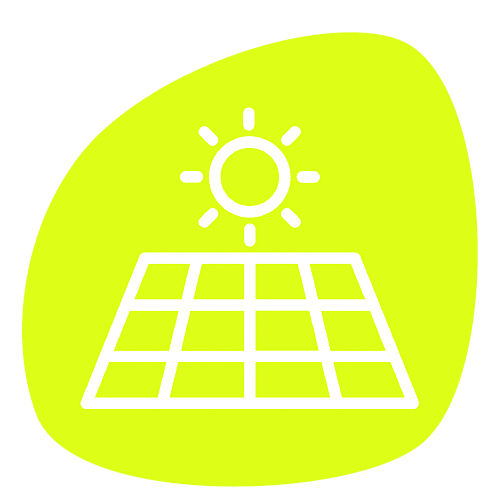
Solar power
The platform is designed to leverage the deck space and utilize it for robust glass-glass photovoltaic systems installation including their necessary power inverters with maximum available coverage increasing the overall output power density.
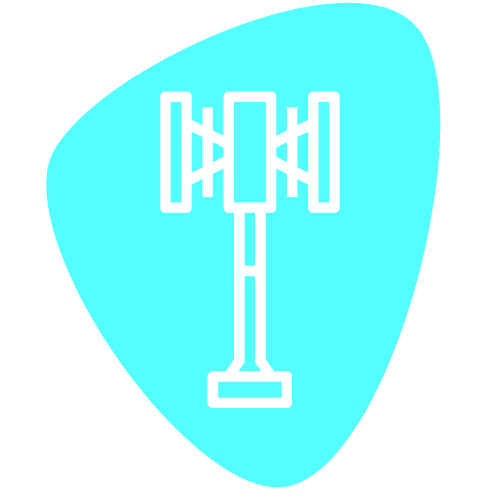
Wind power
Vertical-axis wind turbines function well in gusty, unstable, turbulent wind from any direction. Their lower starting wind speed and the ability to space them closer to each other allow us to generate more power per square meter. VAWT are easier to transport, install, maintain and have lower environmental impact.
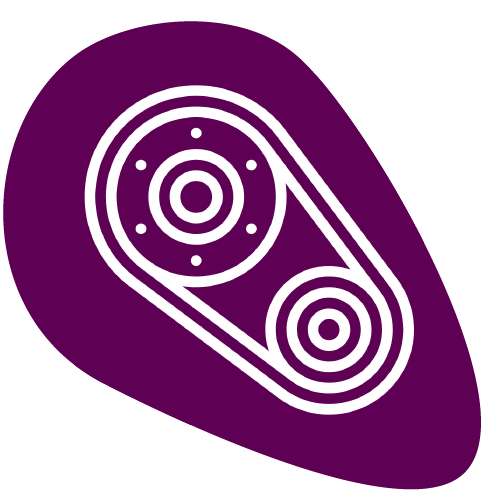
KERS
Kinetic Energy Recovery System – a flywheel storage technology – enables immediate stabilization of each floating power plant and aggregated microgrid.
It acts as a short-term storage system operating with enormous power gradients in charging and discharging in single-digits second range for network stabilization.
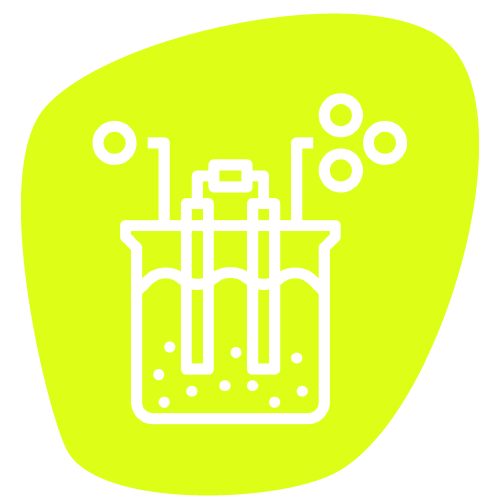
Green Hydrogen
Hydrogen represents a stable seasonal/long-term storage for residual energy with no self-discharge, lower environmental impact and no use of raw materials – unlike batteries – with further various gas-to-power applications in transportation and several industries. We see green hydrogen as sustainable energy storage of the 21st century.

Connectivity
Downstream energy and technology paths have been an integral part from the start. In terms of sector coupling, the power-to-gas/gas-to-power paths are just as much a part of this as the development of innovative H2 drive technologies. These innovative powertrain technologies are therefore e.g. a part of a decarbonisation concept for the local public transportation.
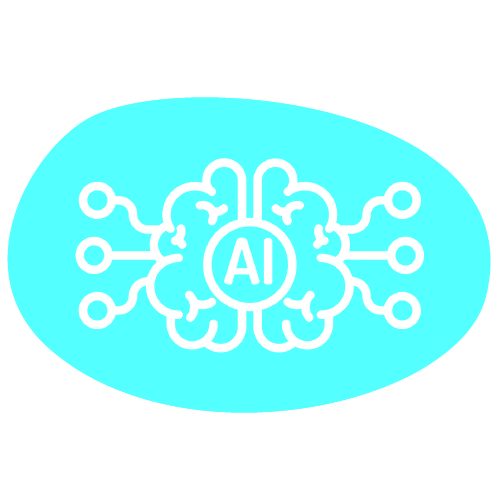
Artificial Intelligence
With the application of hybrid soft computing methods the power grid becomes intelligent. Artificial neural networks and fuzzy logic take over the moderation in real time and recommend resource-saving strategies to the network participants. Certifiable power sources and the blockchain-based proof of energy origin are further options.
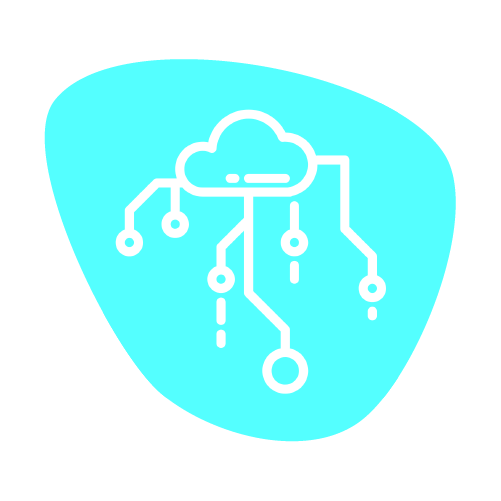
Open Cloud Mesh
Due to a large number of connected power meter devices, the smart grid will be designed under consideration of a microservice strategy using an edge architectural pattern, or, by adding the Octoteq platform as a central service, a fog architectural pattern. The Octoteq platform will be provided as an interconnected private cloud using the federated cloud principle, e.g. Open Cloud Mesh (OCM).
We include additional modular technologies to increase the positive environmental, social and economic impact and increase platforms' cost-efficiency.
The platforms are designed to accommodate these secondary technologies to supply the particular needs of each location wherever the field of platforms is going to be deployed.
Think of carbon dioxide scrubbing, aquaculture, water desalination, additional green hydrogen generation etc. where appropriate.

Organic shapes
Free flow shapes are inspired by an octopus. Platforms easily blend in with the surroundings over and below water. The intentional organic design aims to optimize hydro- and aerodynamics for maximum performance and impact the environment as little as possible.
Production
Ongoing R&D allows us to use modern technologies with less critical materials and more recycled materials included. The modularity of platforms also enables more environmentally friendly production principles and less transportation needed within a construction process.
Impact monitoring
Our aim is to extend the existing policy, guidelines and standards to an ongoing impact monitoring that will include additional data – not necessarily perceived based on current research – that can appear over time of development. It applies to environmental, social, economic and other impacts.

